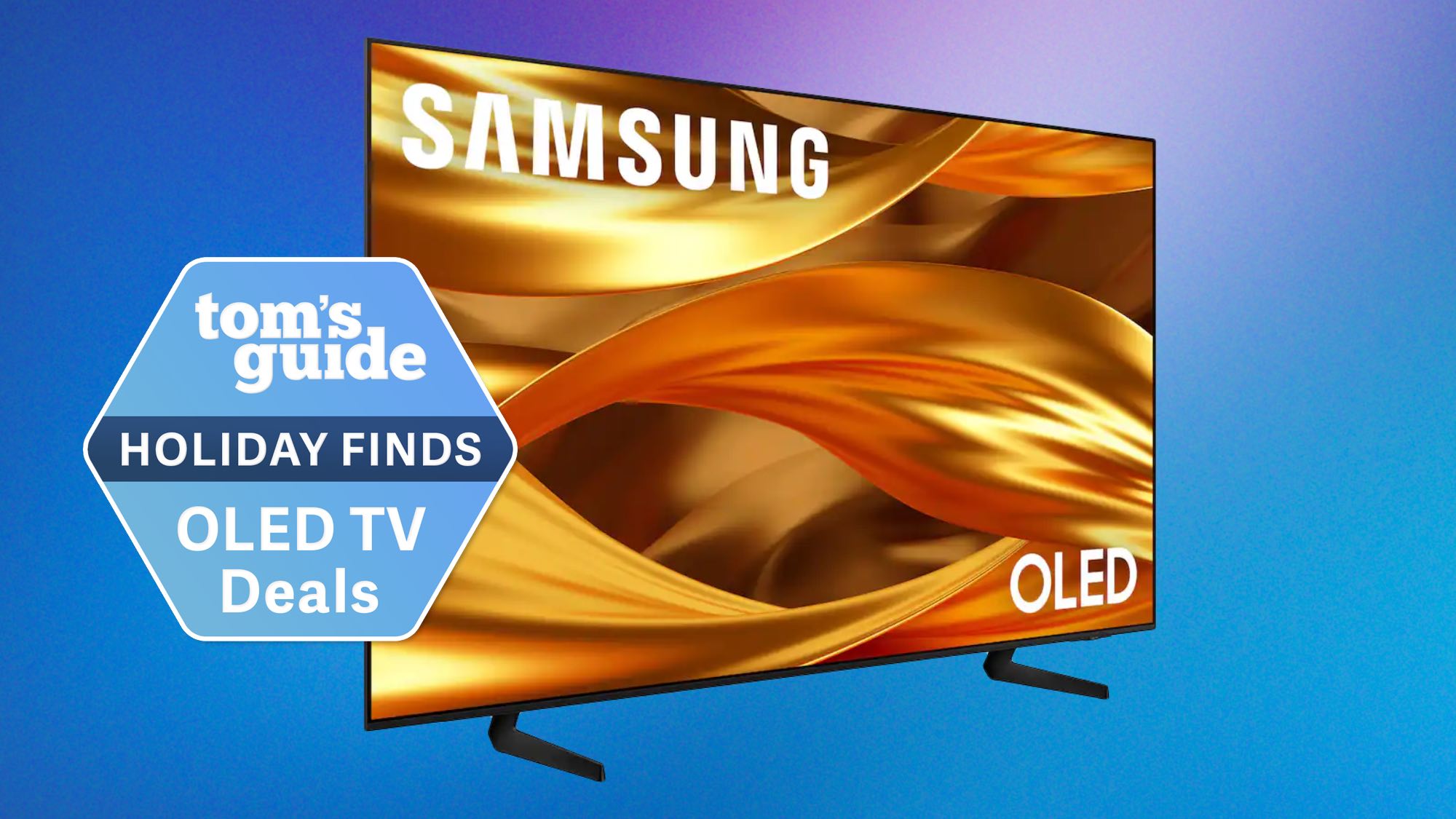The best power banks for travel, work, and emergency charging — tested in the real world
Here are the best portable chargers to keep your devices juiced up while you're on the go
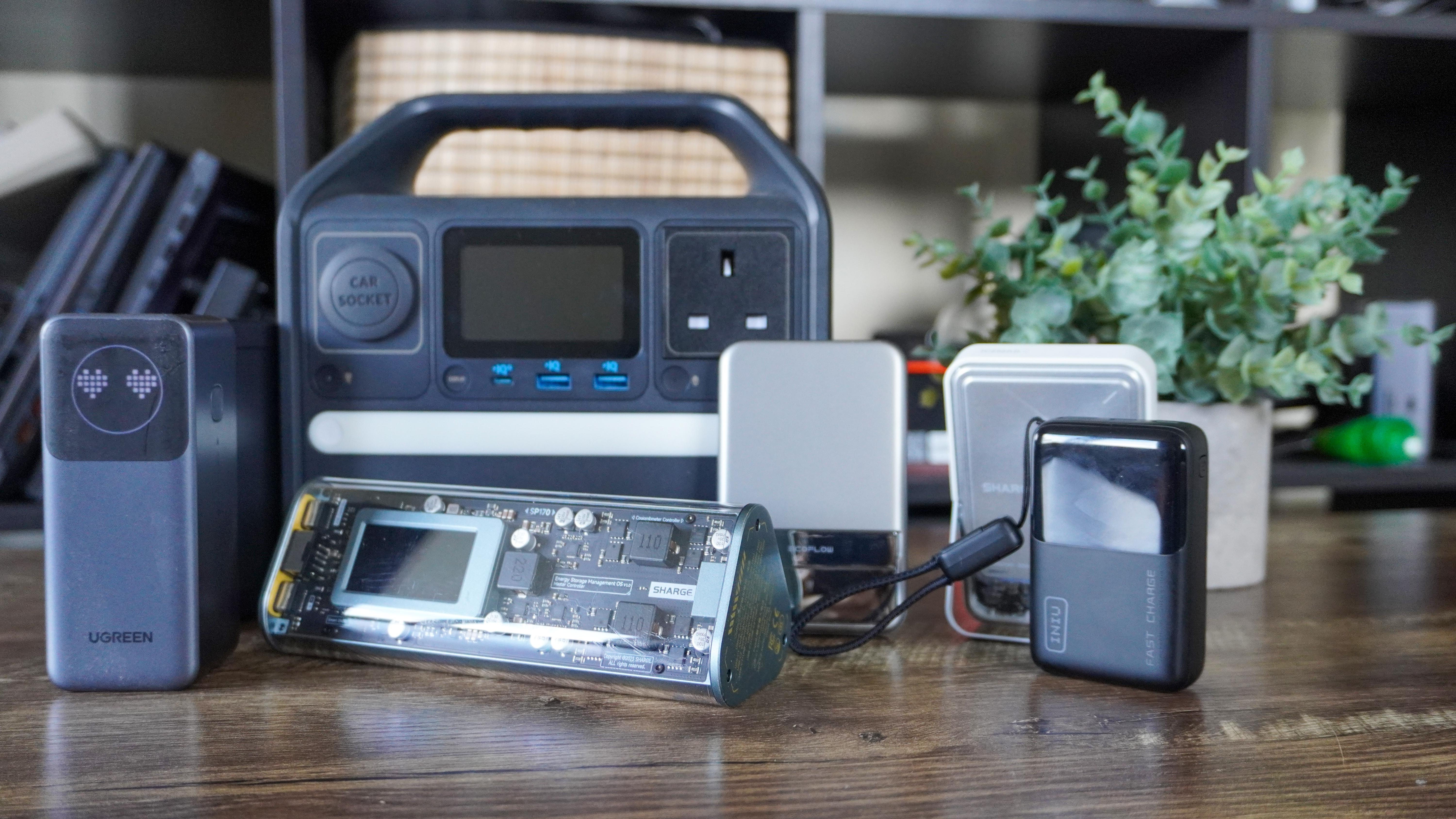
Over five years traveling with so many gadgets have taught me one thing — you need a great, reliable power bank.
Luckily, my need to keep a litany of smartphones, headphones, cameras, tablets and laptops topped up in the most remote of locations means I'm a bit of an expert in portable chargers. And I'm going to use this real-world experience to point you towards the best ones you can buy for your needs.
Whether you need a good all-rounder in the CUKTECH 30 to stash in your backpack and keep everything topped up for your college studies, something ultra portable and pocketable like the (aptly named) Pocket Rocket, or a beefy Anker PowerHouse for those long trips away from electricity, I've got you covered.
Because whatever experience you've faced, I've been there — turning on low-power mode at music festivals or desperately rationing battery life on long-haul flights. That’s exactly why having a reliable power bank has become a game-changer.
With that in mind, I’ve ranked the best portable chargers based on what I’d personally buy.
The best portable chargers you can buy today
Why you can trust Tom's Guide
The best portable charger overall


1. CUKTECH 30 Power Bank
Specifications
The CUKTECH 30 is that perfect middle ground between a portable power bank and a mini power station. It's got a massive 40,000 mAh of capacity, which is more than enough for charging literally all your devices many times over on long haul flights. And while the size is definitely not pocketable at all, for those long weekends away from the power outlets, this is seriously impressive at $149.
The best budget portable charger
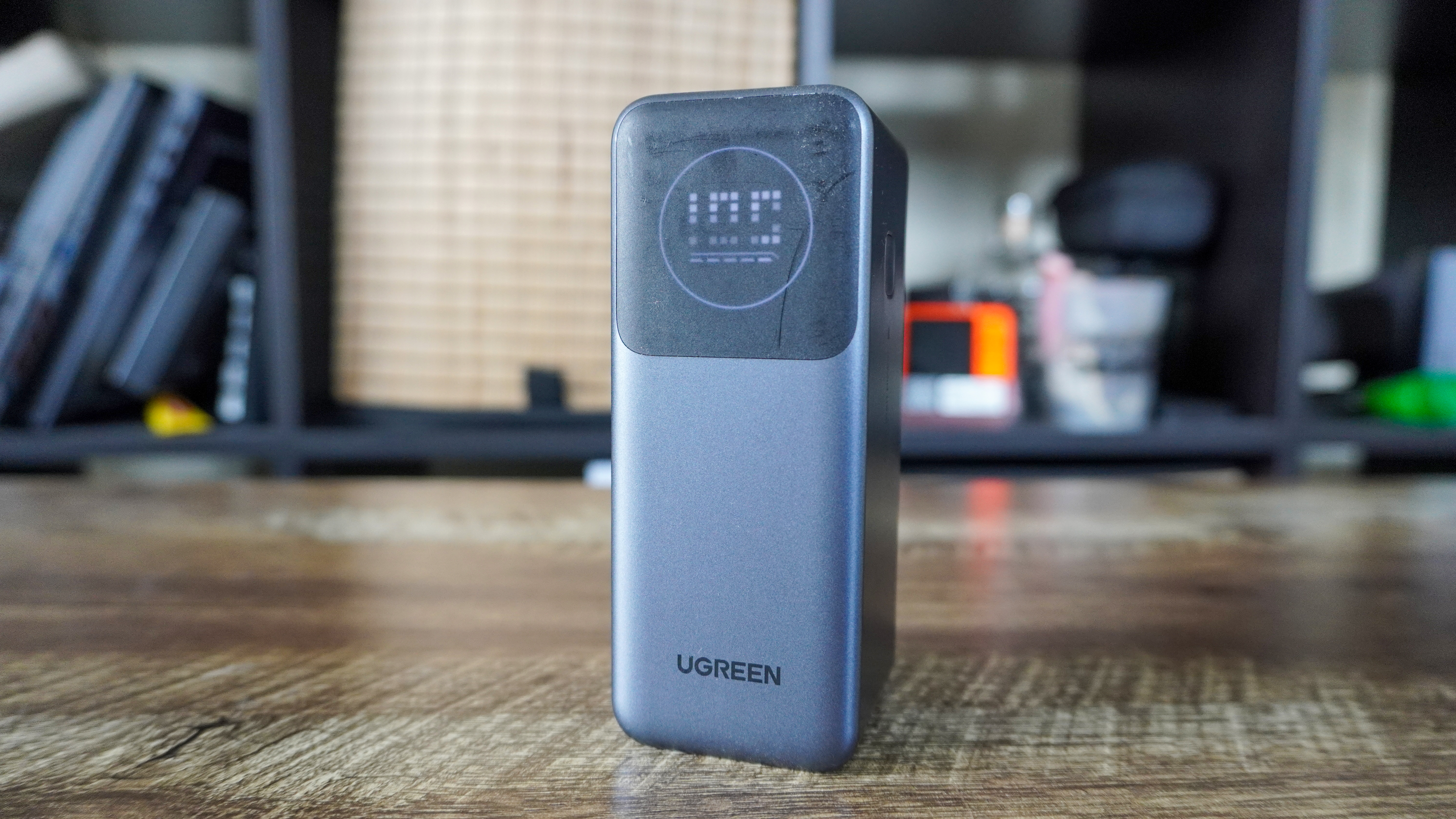
2. Ugreen Nexode Power Bank (12,000 mAh)
Specifications
For the moments where I just need something small that doesn't take up too much backpack space on a day trip, Ugreen's $49 Nexode power bank comes in clutch. The 12,000 mAh capacity with 100W power delivery is stellar for breathing life into my DJI Osmo 3 or iPhone at video-heavy press events. Plus, the smiley face display is so cute!
The best portable charger for iPhone
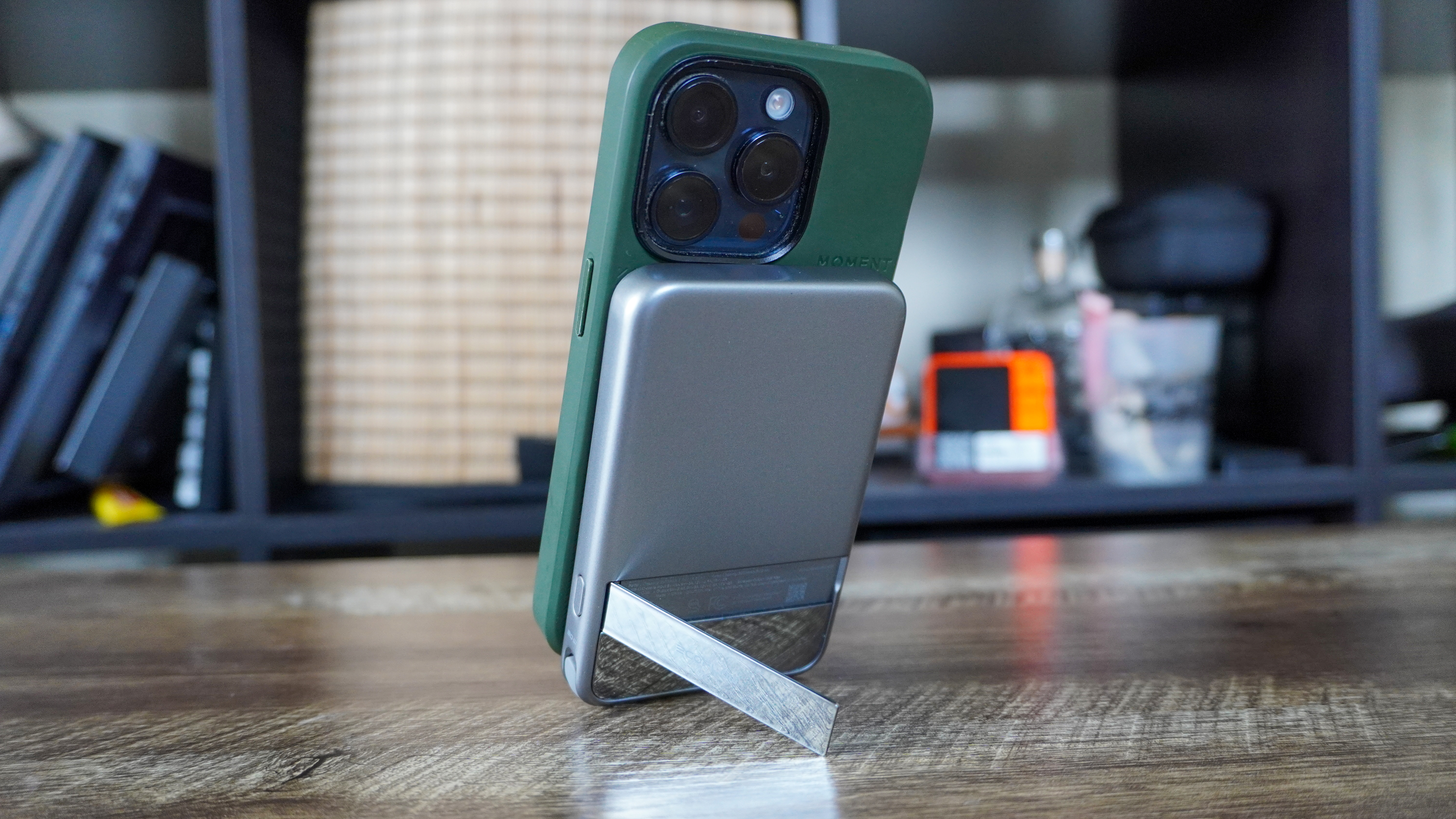
3. Ecoflow Rapid Power Bank
Specifications
Yes, technically this is my favorite iPhone charger, but with Qi 2.0 support, this is compatible with any phone of that standard! I've always found MagSafe chargers to be a little bulky, which is what makes this ultra-slim 5,000mAh cell a godsend for keeping my pockets thin on long haul flights. Plus, that built-in cable is great for giving other devices a quick boost.
The most pocketable portable charger
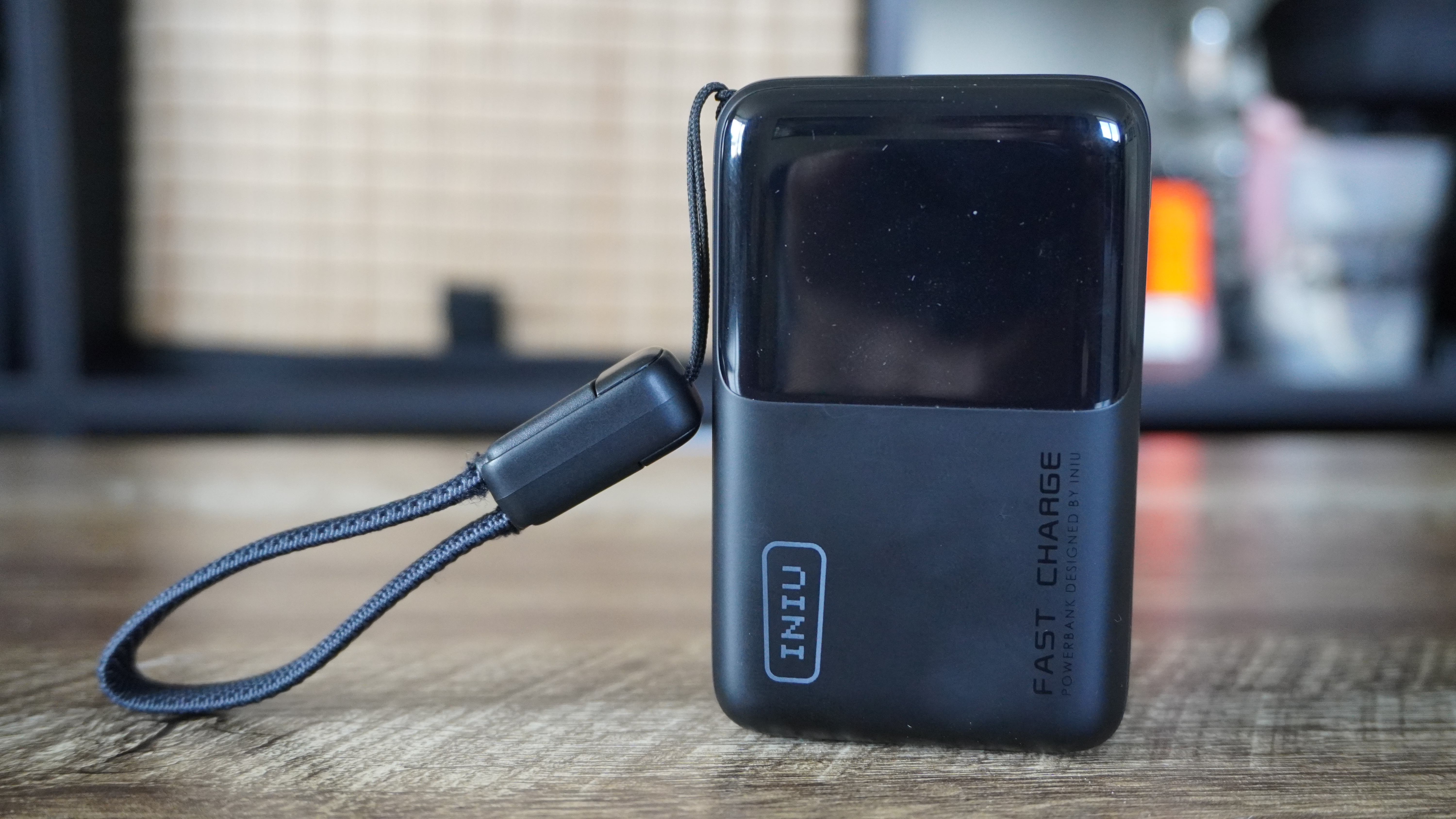
4. INIU Pocket Rocket
Specifications
My eyes couldn't believe what they saw when this came in the mail — a 10,000 mAh portable charger that's barely bigger than an AirPods Pro 2 case! The INIU Pocket Rocket has been a lifesaver on those trips where you don't take a backpack (think concerts with tight security or weddings) and you need emergency power to keep that phone topped up.
The best big-capacity MagSafe charger
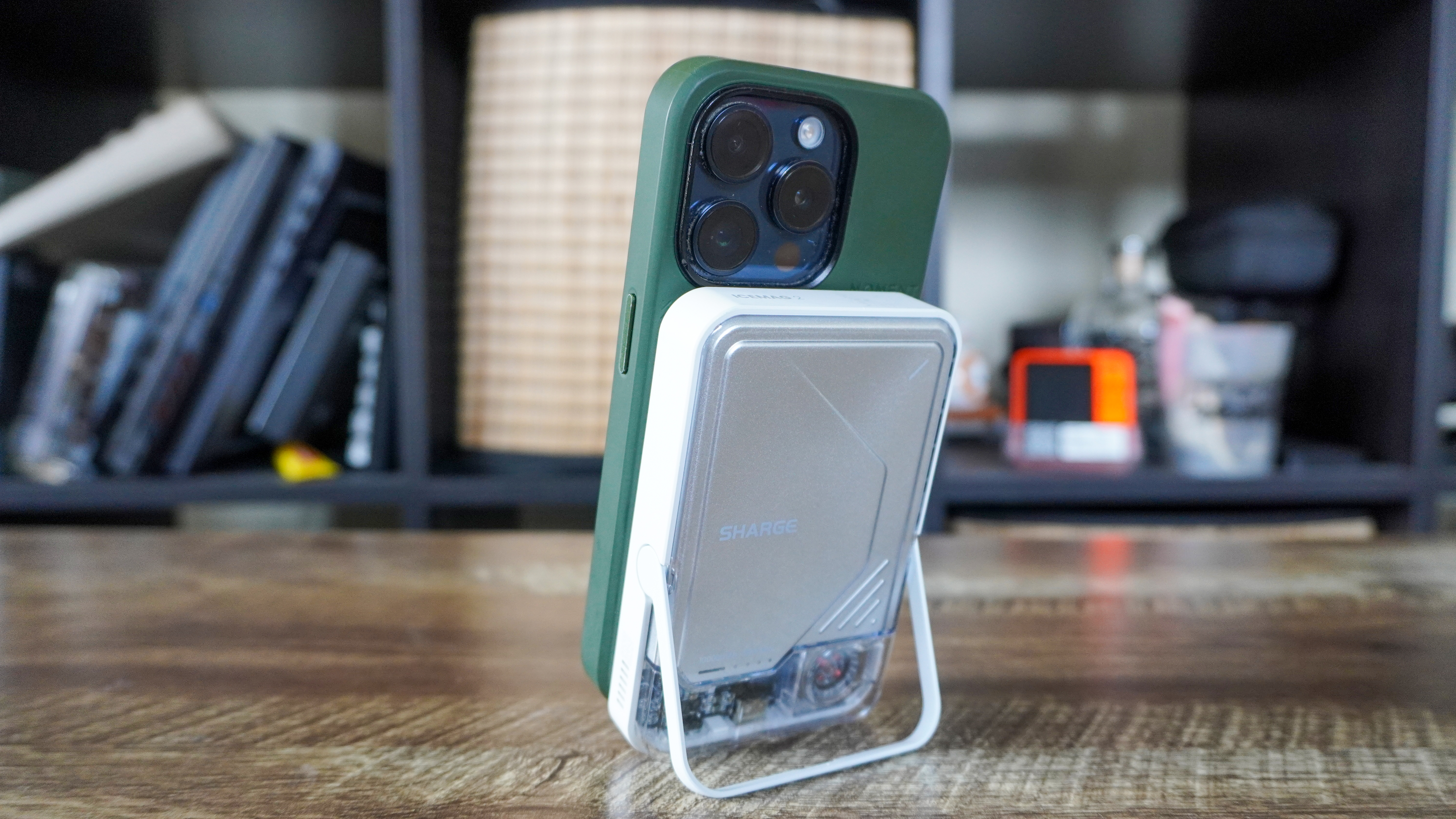
5. Sharge IceMag 2
Specifications
Commonly, MagSafe chargers can get bogged down by overheating — passive cooling just doesn't do it. Sharge's IceMag 2 fixed this for my weekend trip to sunny Portugal by being the first portable charger of its kind that is actively cooled (with some cool gamer-esque RGB to boot). That means you're getting a stable 15W wireless charge or 30W wired with no interruptions, and a beefy 10,000 mAh cell.
The best power station for camping
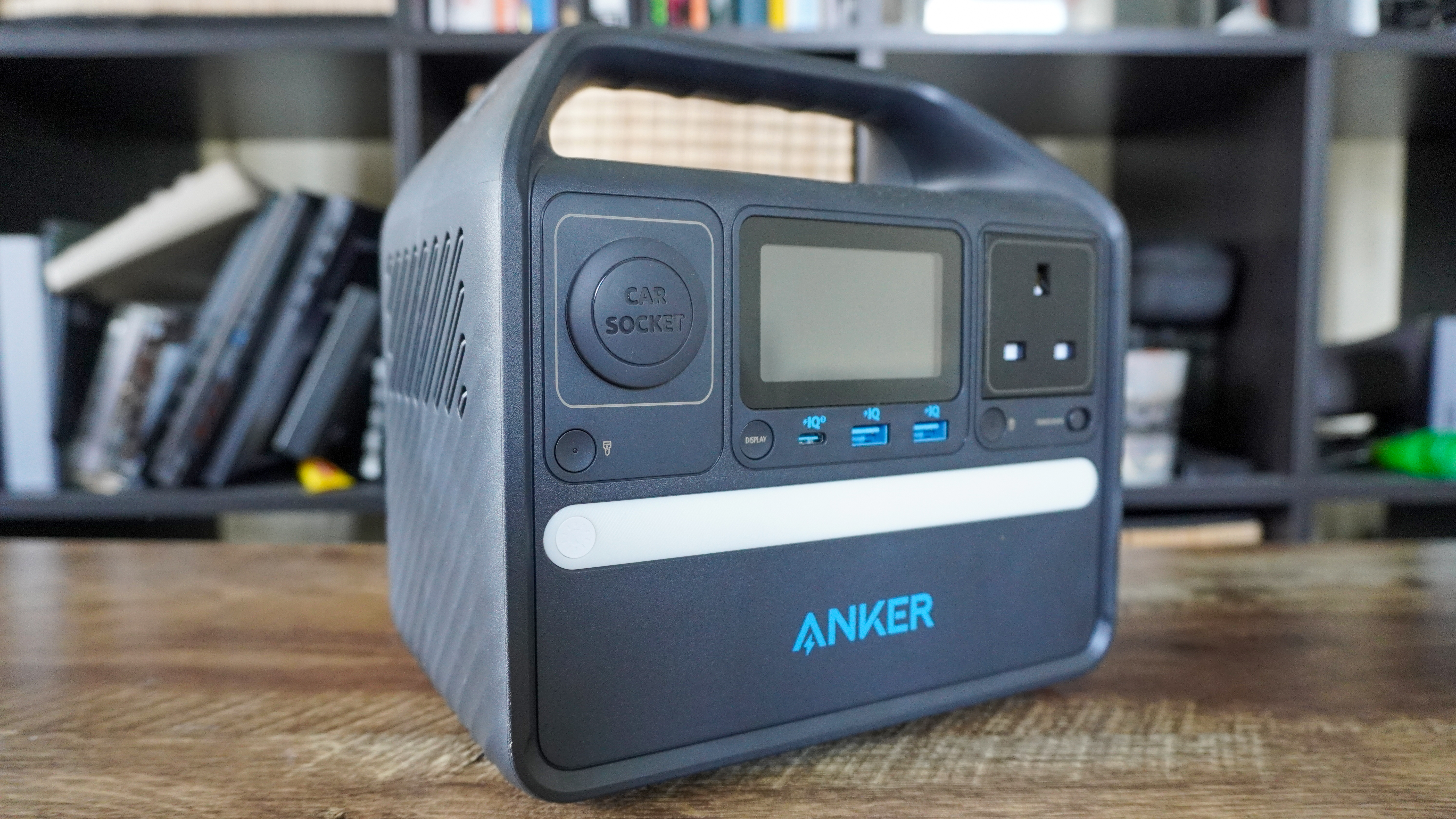
6. Anker Powerhouse 521
Specifications
Reasons to buy
Reasons to avoid
As a regular festival-goer, I need plenty of power for devices — not just for me but for my friends too. Well in a situation like that, the Anker Powerhouse 521 really comes into its own. Surprisingly small for the huge capacity, with plenty of plug outputs to connect all your devices and charge them quick! Plus, that light bar on the front is huge for those pitch black moments in campsites.
How to choose the best portable charger
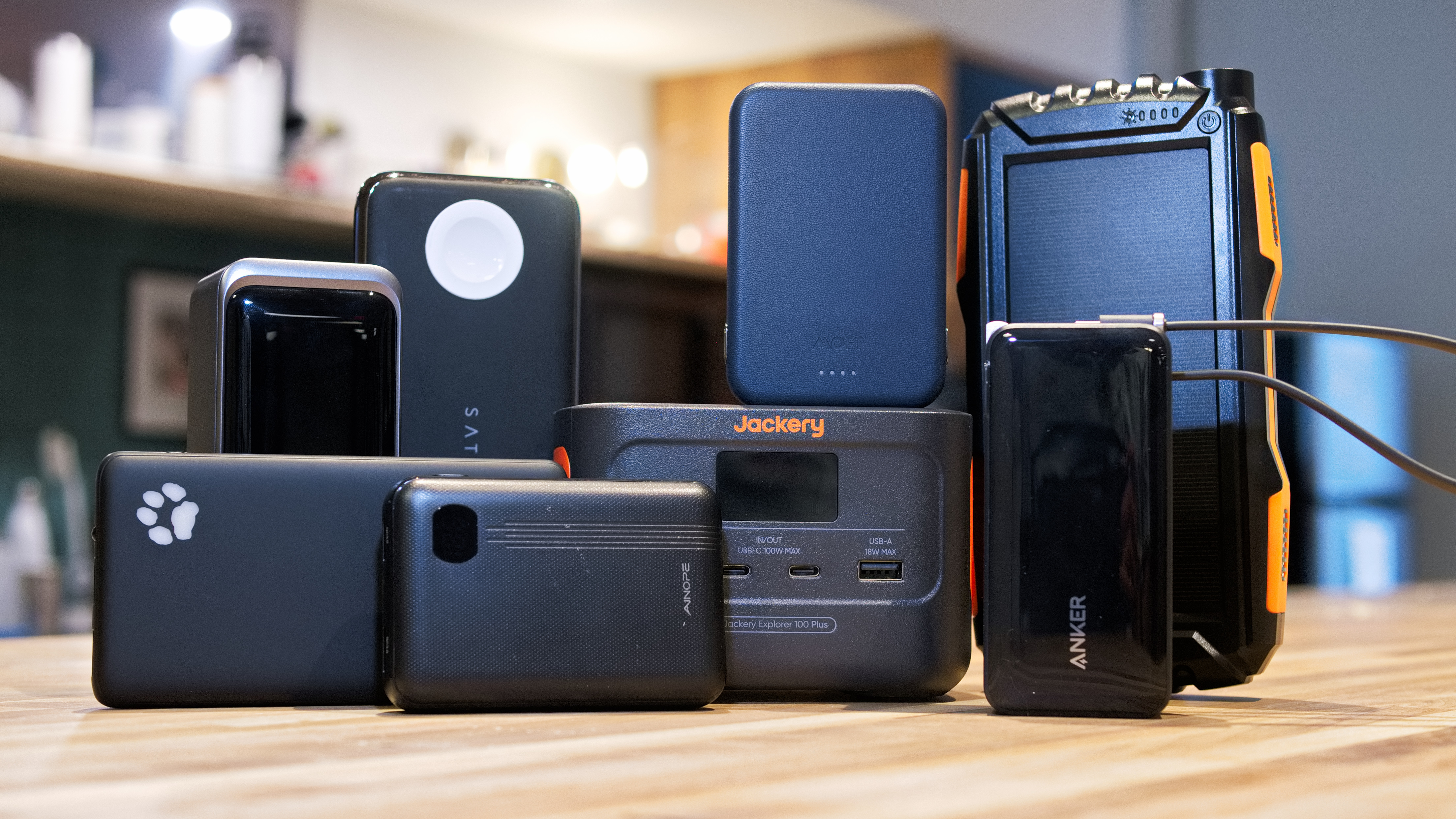
Figuring out the right charger capacity:
I always start by checking that big number followed by “mAh” — it’s the quickest way to tell if a power bank’s going to keep up with me. Personally, I won’t go below 10,000mAh if I’m charging my phone more than once a day or powering up multiple devices. For every extra gadget I bring along, I tack on another 5,000mAh just to be safe. But if I’m just trying to avoid a dead phone on a night out, I’m fine with something under 5,000mAh — as long as I remember to top it up regularly.
Picking the right ports:
I tend to hold onto tech longer than I should, so if I didn’t care about speed, I’d just grab whatever charger fits and call it a day. But I do care — a lot. That’s why I always look for chargers with PD (Power Delivery) support. The ones I trust the most charge my gear way faster and use USB-C, which is a win since it means fewer cables to carry. One charger for my phone and my laptop? Yes, please.
Making sure it’s useful:
You never really know what’s going to need juice — maybe it’s my phone today, maybe it’s my earbuds tomorrow. That’s why I look for power banks with some versatility. USB-C is a must, but I also keep an eye out for extras like extra USB-A ports or even wireless charging pads. The more it can do, the more I can rely on it.
Don’t overlook charging speed:
Battery size matters, but speed matters more when I’m short on time. A big battery that charges slowly is just frustrating. That’s why I always check for charging speeds — and if it doesn’t offer at least 30W, I usually pass. Faster charging means I’m not stuck waiting for my devices to come back to life when I need them the most.
Get instant access to breaking news, the hottest reviews, great deals and helpful tips.

Jason brings a decade of tech and gaming journalism experience to his role as a Managing Editor of Computing at Tom's Guide. He has previously written for Laptop Mag, Tom's Hardware, Kotaku, Stuff and BBC Science Focus. In his spare time, you'll find Jason looking for good dogs to pet or thinking about eating pizza if he isn't already.

